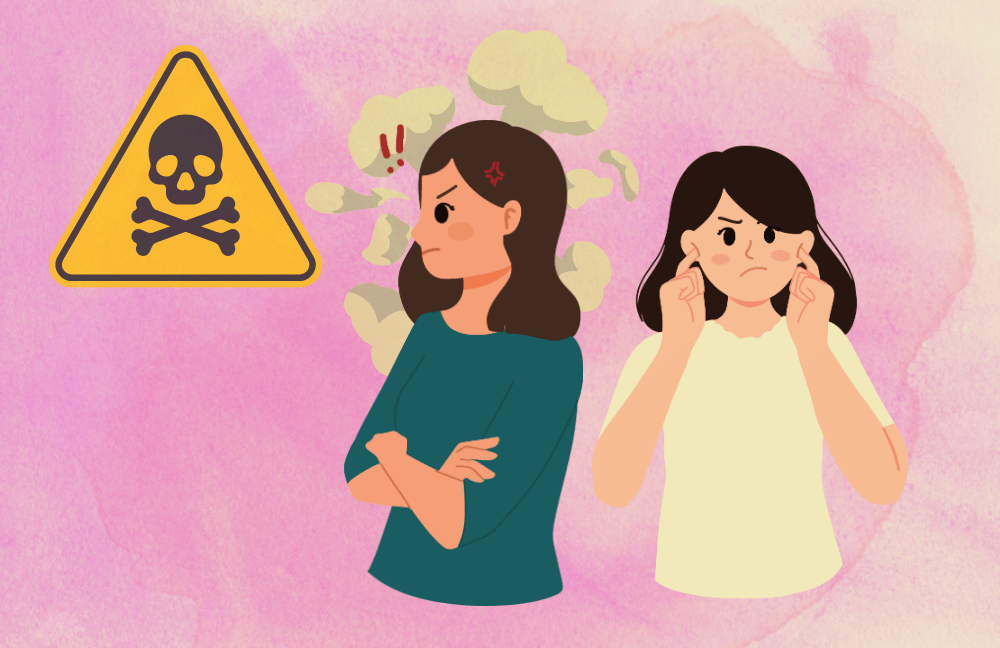Smokeless Nicotine Addiction
Is Tobacco Chewing Dangerous?
An increasing awareness of the ill effects of smoking, has led people to envisage that chewing of tobacco is a safer alternative and less cancerous. Smokeless tobacco is as bad if not worse. While in developed nations, use of cigarettes, cigars and pipes is more rampant; smokeless tobacco (chewing) largely contributes to nicotine addiction in developing countries. The Nicotine tabacum plant grows freely in many parts of India. People even grow it in their home gardens, and its use is not uncommon.
Many Faces of Smokeless Tobacco
Oral tobacco consumption takes multiple forms. Surprising but many apply it on the teeth for cleansing (masheri) in rural settings. Chewing raw leaves of the plant offers an instant high (tambakhoo). Dried tobacco leaves are often chewed along with lime (chuna) by many. Flavored dried tobacco (gutkha) or consumption along with betel leaf and areca nut (paan) are more common methods of use in cities. In developed countries snuff (dried shredded tobacco) is placed in the mouth or inhaled (dipping). Snus (originated in Sweden) is a smokeless spitless tobacco stuck between the lip and gum. Plugs of tobacco are also designed to be placed in the mouth and subsequently spitted out.
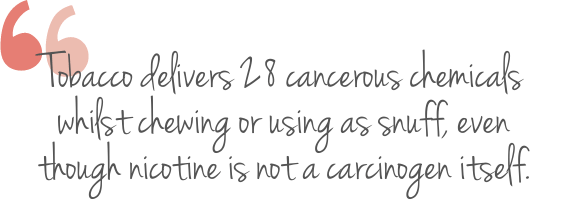
Why Smokeless Tobacco is Addictive
Nicotine from chewed tobacco is absorbed from the blood and reaches the brain soon to act on specific nicotinic receptors. These trigger the release of dopamine – the reward chemical that produces pleasurable physical and psychological sensations. If you didn’t feel good about it, you wouldn’t chew tobacco.
With repeated such exposure, tolerance develops and the same amount of tobacco isn’t enough to sense this delightful feeling. This is physical dependence. i.e., you tend to feel some withdrawal symptoms in the absence of chewing tobacco. These could include constipation, restlessness, irritability or frustration. All of which go away when you chew tobacco again. You may also want to chew tobacco on account of surrounding influences like friends who chew, stress, product advertising, or simply because it’s now become a habit.
Smokeless Yet Dangerous
Oral tobacco use has distinctive effects from smoking; but it hits the brain nonetheless. A half an hour chew of 5 grams of tobacco gives the brain as much nicotine as 4 cigarettes. It would take 60 cigarettes to match the standard can of dried tobacco. Some people feel the need to keep tobacco in the mouth even while sleeping, (this helps keep the nicotine rush going), as well as because they are used to the irritant effect in their mouth.
Tobacco delivers more than 28 carcinogens in the mouth whilst chewing or using it as snuff. Tobacco-specific nitrosamines top the list of harmful chemicals. These are in fact produced during the growing, curing, fermenting, and aging of tobacco and vary in different products. Greater nitrosamines = Greater cancer risk. Other cancer-causing substances include polonium–210 (found in tobacco fertilizer) and polycyclic aromatic hydrocarbons (PCAH).
Smokeless Tobacco Effects
Besides offering an unwelcome facial appearance; tobacco chewing leads to mouth, throat and pharyngeal cancers. Oral cancers include those of the lips, gums, cheeks and tongue. Those of the throat involve the vocal cords, while several distant pharyngeal cancers gnaw at the upper end of the food and windpipes. Frequently these malignancies shape as unsightly tumors that mandate surgical resection, and end in serious facial disfigurements. Besides the trauma of repeated medication and radiation therapy alongside.
Tobacco chewing also discolors teeth (permanent staining), leads to cavities, thickens the gums, gives the chewer a continual foul breath, gum disease, seems rude and offensive; and of course, causes hypertension, hence elevating the chances of heart attacks. Tobacco use if often seen as a deliberate attempt at chronic suicide; unintentional but definitive. Tobacco does no good.
Nicotine Causes Cancer?
Is “Gutkha” Safe?
MindFrames: Break Smokeless Nicotine Addiction
A continuous behavior modification and cognitive therapy program in sync with suitable medication can help tobacco chewers quit. The brain gets so wired to sense the reward (classical conditioning) that it associates chewing tobacco with pleasure. And the withdrawal that occurs when you don’t chew is so distressing that you learn to never stay tobacco free, (operant conditioning).
Tobacco addictions negatively impact significant dimensions of life. And it’s easy for others to judge or blame the addict for their troubles. Tobacco addiction management demands empathic listening, unconditional acceptance, and respect for how you feel. It’s a medical problem and deserves medical attention and intervention. As a psychiatrist and psychotherapist practicing distinctive therapies, Dr Shefali guides you through cognitive, mindfulness and neurobehavioral milestones to help you think, feel and behave more purposefully. Psychotherapy forms the mainstay of management of the psychological components of impulsivity, frustration and co-existent anxiety and depression, which are common.
Through individual behavior therapy, group workshops as well as corporate quit tobacco programs, we teach you how to monitor the cues that arouse the tobacco chewing urge. The focus of specialized psychotherapies like Cognitive techniques include CBT (Cognitive Behavioral Therapy), REBT (Rational Emotive Behavior Therapy), ACT (Acceptance and Commitment Therapy), Humanistic techniques like EFT (Emotion focused Therapy), and BT (behavior therapy); is to regulate negative emotions, inculcate problem focused coping, manage stress, adapt social skills, invest in relationships, and resist temptation.
When you realize that tobacco does more harm than good, is not the real solution to stress, and that you are capable of better choices; tobacco ceases to be your best friend. Take the right step right now. Choose life. Choose mindfulness. Quit tobacco.
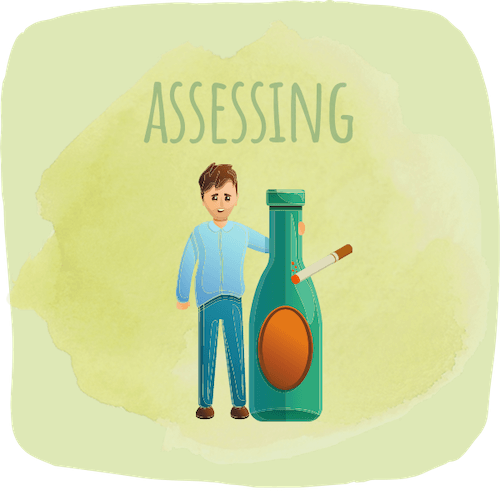



References
- Widysanto, A., Combest, F. E., Dhakal, A., et al. (2020). Nicotine Addiction. StatPearls. Treasure Island (FL): StatPearls Publishing.
- Benowitz, N. L., (2010). Nicotine addiction. The New England journal of medicine, 362(24), 2295–2303.
- Polosa, R., & Benowitz, N. L. (2011). Treatment of nicotine addiction: present therapeutic options and pipeline developments. Trends in pharmacological sciences, 32(5), 281–289.
Latest Posts
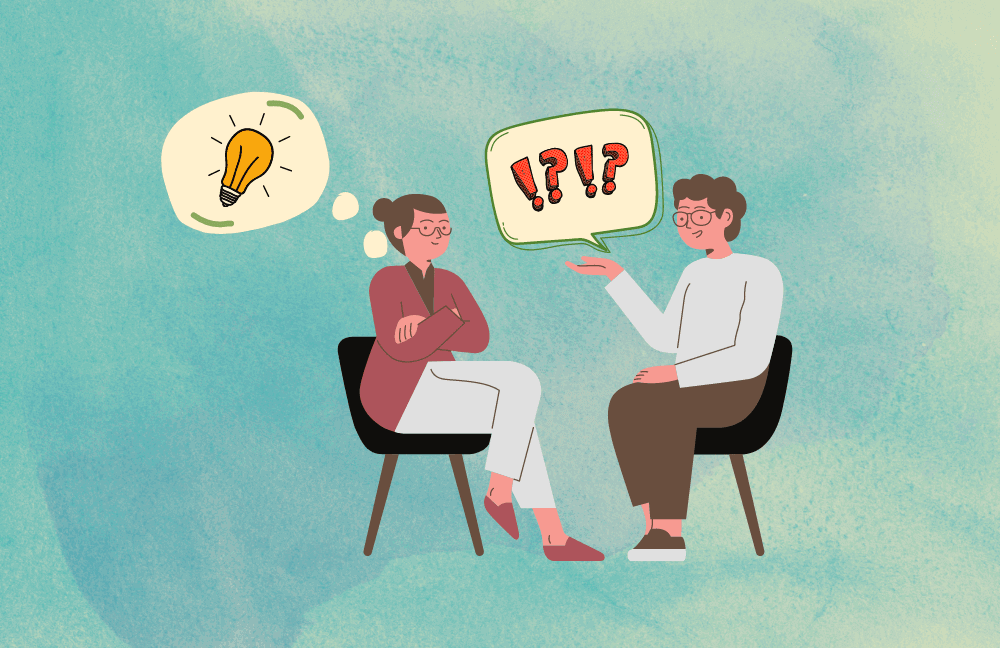
7 Reasons Why You Should Seek Therapy
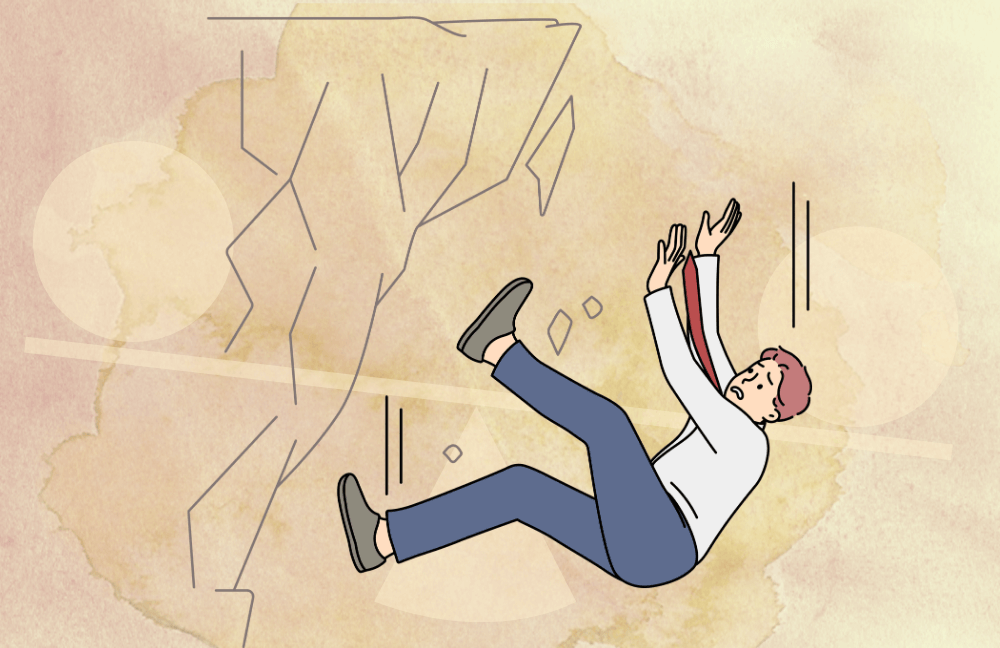
5 Signs you have no work life balance

Work and Life: What is the right balance?

7 Questions About Workplace Stress Answered
